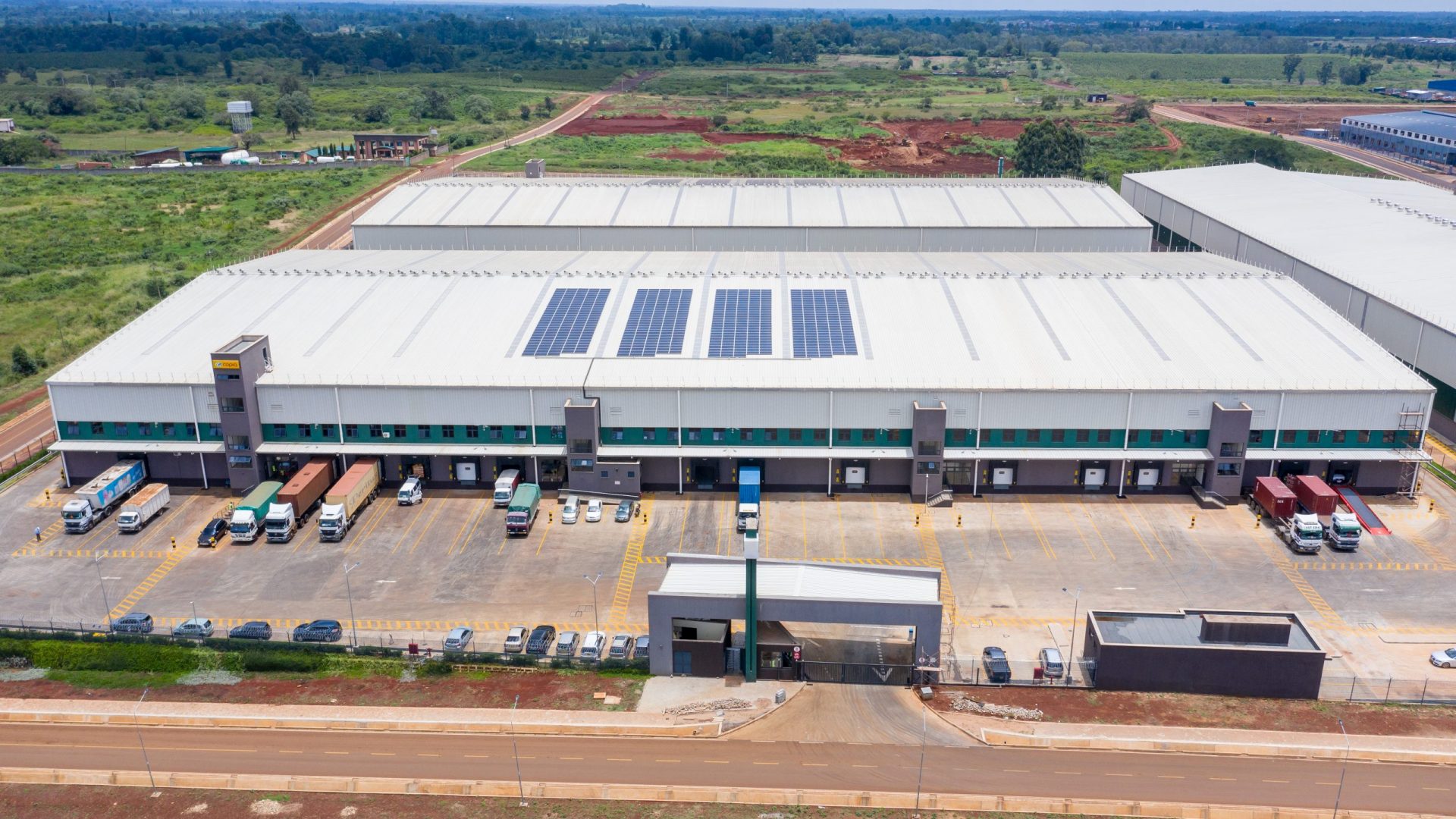There is a lot of discussion among impact investors on how to measure impact. For example, 75 per cent of all impact investors surveyed in the Global Impact Investors Network’s 2019 Annual Impact Investor Survey view sophistication of impact measurement and management practice as either a significant or moderate challenge to the growth of the impact investing industry.
Can measuring impact add value to a business, or does it merely present a burden? How can investors measure impact in a way that allows them to get a better understanding of their investments whilst also bringing concrete business benefits to their investee businesses? And how can measuring impact balance the need to be accountable whilst considering the day-to-day realities of the companies being invested in?
As impact investors, we at CDC have the opportunity to measure impact in way that both benefits our portfolio companies while helping us to be accountable to our shareholder. Given this background, we wanted to develop a practical guide to support investors to understand both new and more established tools and techniques for data collection to measure impact. That’s why we’ve published this handbook for measuring impact.
The tools in the handbook all have the potential to gather data that help build investors’ understanding on whether investee companies are achieving intended impact. There’s guidance on where certain tools might be appropriate and where they might not be. The handbook also helps investors to understand that no tool can be applied from a one-size-fits-all perspective.
What have we learnt so far from our experiences of measuring impact?
We’ve learnt that it’s key to involve businesses early in what is being measured and why. That measurement needs to help the investee business to thrive. And that it’s important to consider in advance how to address possible conflicts that might arise between commercial and social impact.
We’ve also learnt that data collection and impact measurement are not one and the same. To truly measure impact, a data collection strategy needs to focus on building understanding of the change experienced by people and planet. A meaningful impact measurement process involves asking the right questions, looking at what the data is saying over time, and in some cases, confronting hard truths in cases where positive impact is less than anticipated.
You can read more about what we’ve learned about building a successful approach to measuring impact in this Stanford Social Innovation Review article written by Martina Castro and Matt Ripley. The lessons in this case are based on building an approach to measuring impact for our Catalyst Fund investments that was light-touch but in-depth, and that could generate value for investors, investees, and end-beneficiaries alike.












